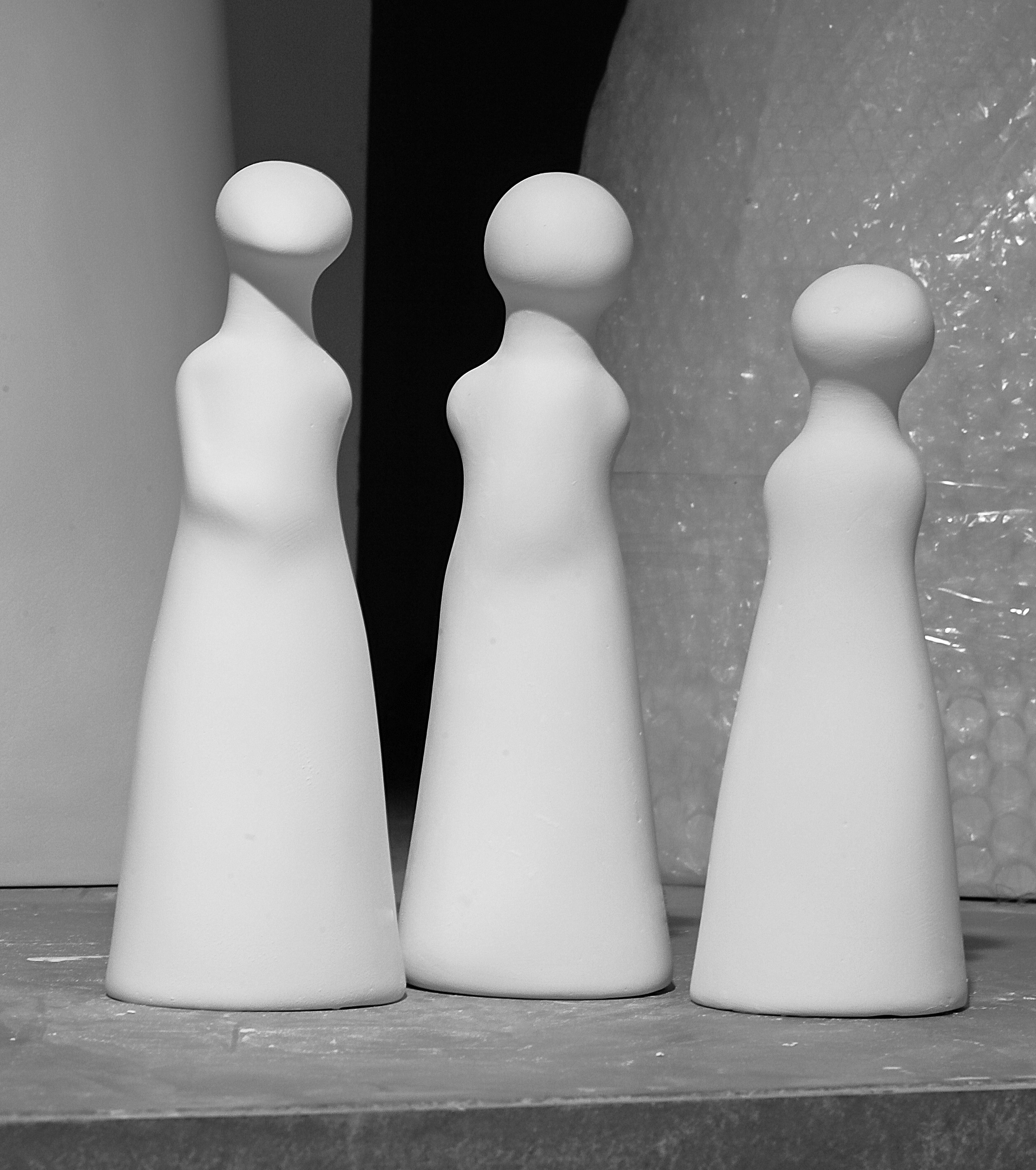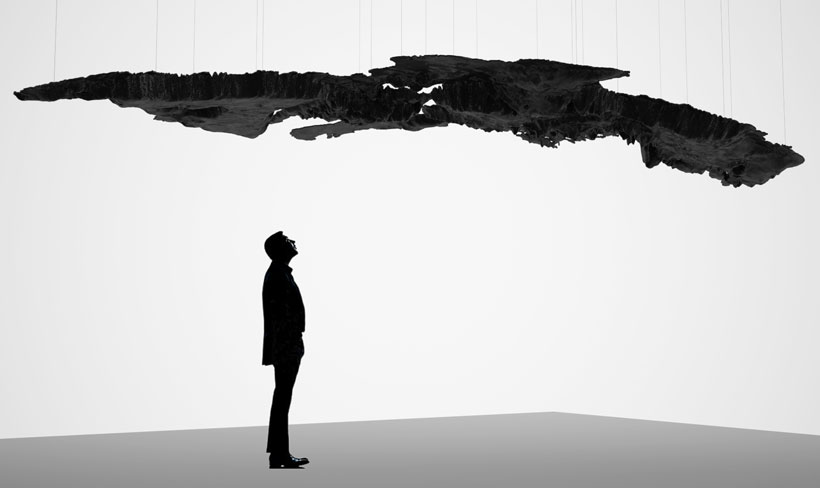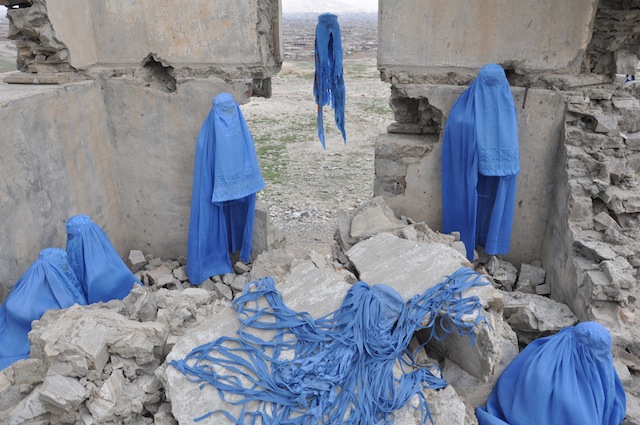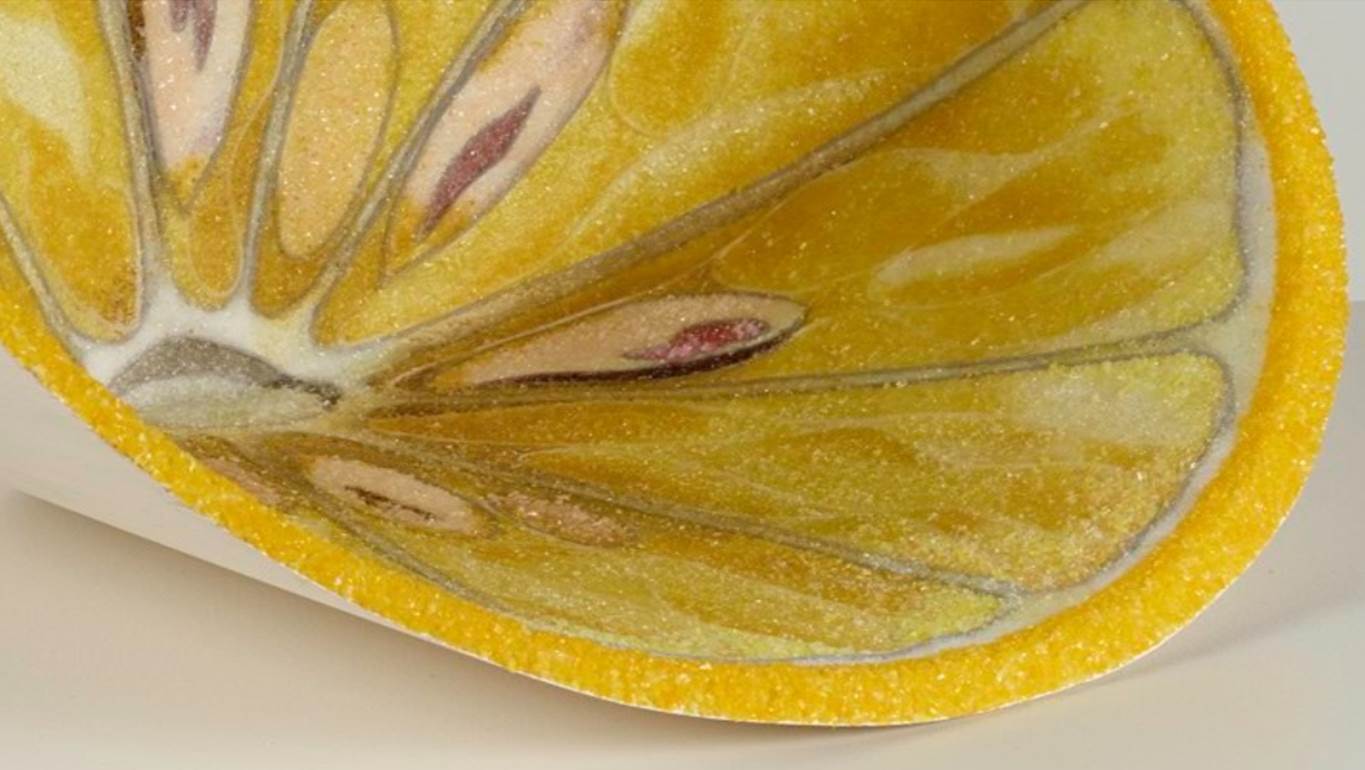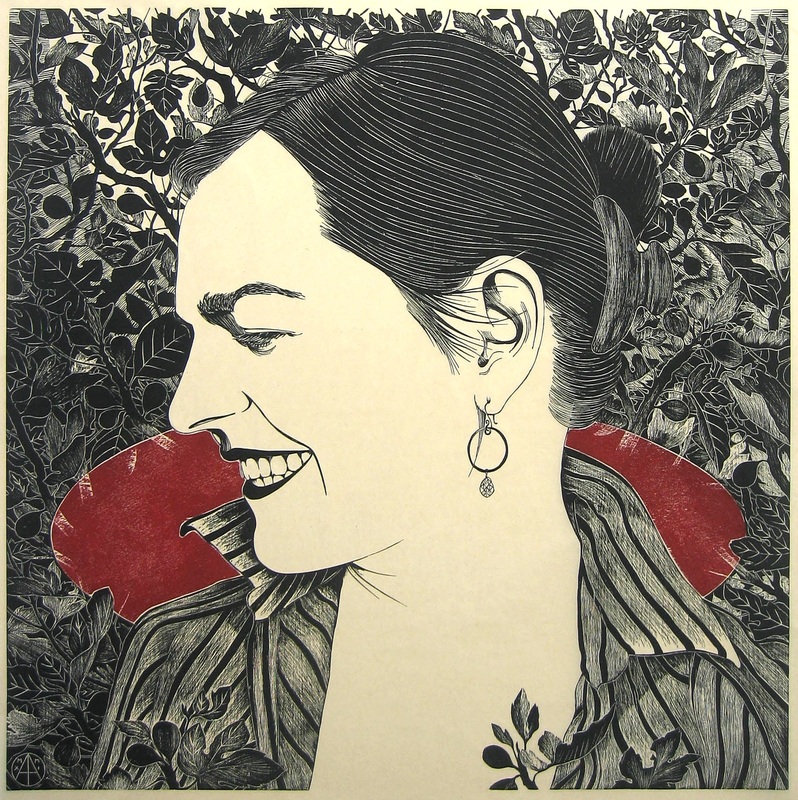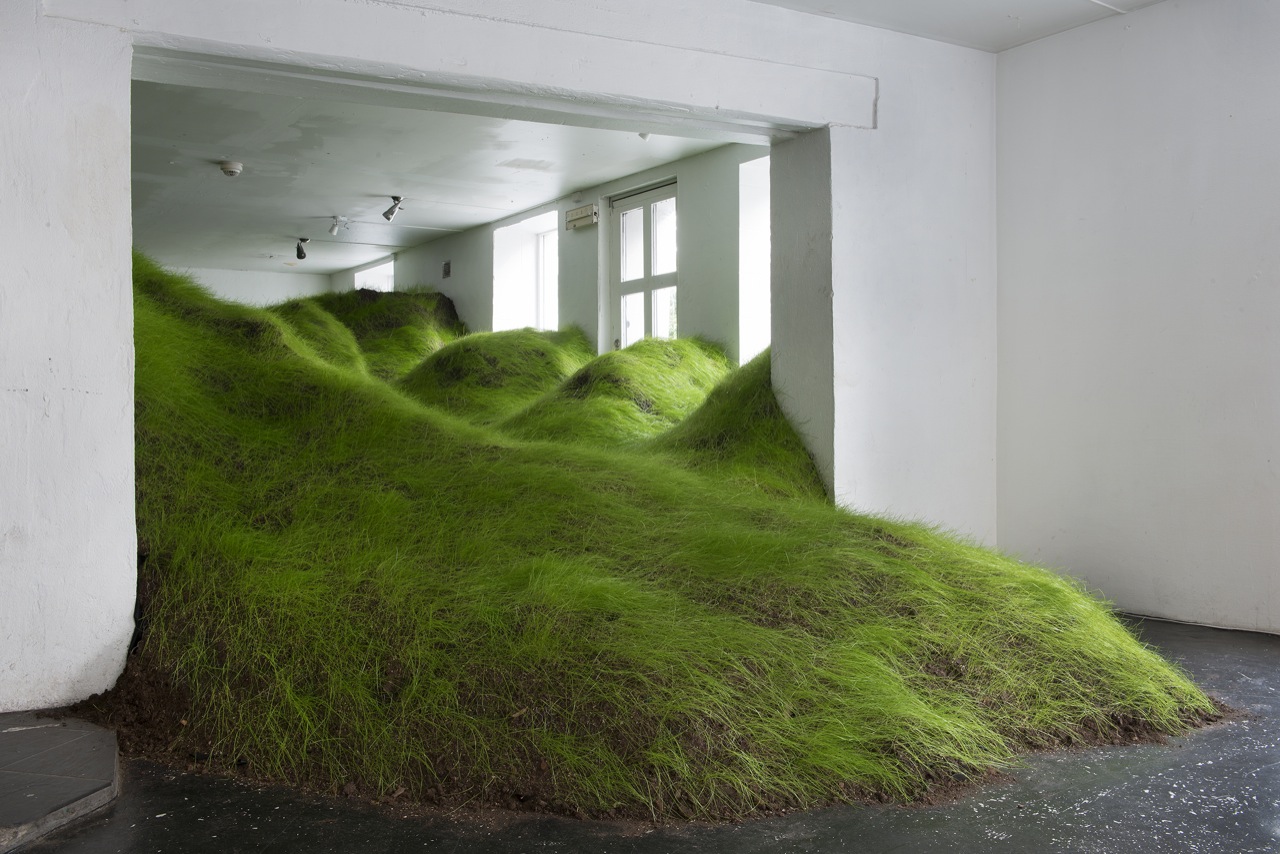Pascale Fournier
Erosion, Porcelain, 9-10 inches, 2015
The artiste website here / Le site de l’artiste ici
Erosion is a graphic sculptures association in porcelain. The artist is deconstructing the main form of her artistic work, looking for a sort of pure white and pure line in the sculpture. Pascale Fournier always revisits what makes singularity, using a variety of materials and technics which makes her a total artist.
Erosion est une association de sculptures graphiques en porcelaine. L’artiste déconstruit la forme principale de son travail artistique, à la recherche d’une sorte de blanc pur et d’une ligne sculpturale épurée au possible. Pascale Fournier revisite sans cesse ce qui fonde la singularité, usant d’une variété de matériaux et techniques, ce qui fait d’elle une artiste totale.
« Pascale Fournier is a French Artist born in the US in 1951. Her artworks are currently exhibited in Spain, CA & NJ in the US, France and in Uruguay. Pascale Fournier is mainly working with ceramic, porcelain and resin. The artist works mostly on sculpture series, often presented as groups or crowds, each one interacting with each others. The artist is a total contemporary artist, integrating Performances, Installations, Video, Photography, and various mediums in her artistic propositions.
Pascale Fournier is working on a graphic minimal line, using the technic to use various materials with a perfect precision. She uses history and mythes to elaborate interesting contemporary allusions to the past, working with both traditional and modern tools and technics, including 3d.
We are always looking for new places to display Pascale Fournier’s artworks. Don’t hesitate to ask us some details about the procedure and the available sculptures or current installations and art performances. »
« Pascale Fournier, Artiste Française, née aux Etats-Unis en 1951. Ses œuvres sont actuellement exposées en Espagne, CA & NJ aux Etats-Unis, en France et en Uruguay. Pascale Fournier travaille principalement la céramique, la porcelaine et la résine. L’artiste conçoit, bien souvent, des séries de sculptures présentées en groupes ou foules, chaque sculpture interagissant avec le groupe. L’artiste est une artiste contemporaine totale, intégrant Performances, Installations, Vidéo, Photographie et divers médiums à ses propositions artistiques.
Pascale Fournier élabore un travail non figuratif et recherche une ligne minimale graphique, en utilisant la technique pour explorer différents matériaux avec une parfaite précision. Elle travaille avec des outils et des techniques à la fois traditionnelles et modernes, y compris liées à la 3D. L’artiste se réfère à l’Histoire et aux mythes pour élaborer d’intéressantes allusions contemporaines au passé.
Nous cherchons continuellement de nouveaux endroits pour exposer les œuvres de Pascale Fournier. Ne pas hésiter à nous demander des détails sur la procédure et les sculptures ou installations actuellement disponibles et performances artistiques en cours. »
Pascale Fournier blog : Here / Ici

